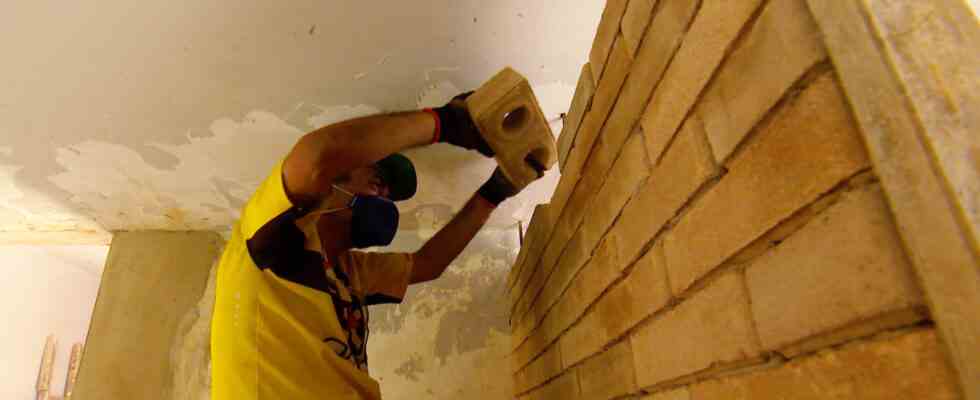report
Status: 06.08.2022 05:46 a.m
One in five people in Rio lives in a favela – often with drug dealers as neighbors. Manuel also lived there. To escape misery, he became a squatter. But soon he will be the owner of the house.
When Manuel Rodrigues walks through the yellow goal, he sometimes cannot believe how his life has changed in recent years. He used to be a favela dweller. The list of poor settlements in which he lived – more badly than right and in a small space – is long.
The search for unused housing
Now that life is over, because Manuel now lives on the green property behind the yellow gate in Rio’s suburb of Duque de Caxias.
“It was dangerous in the favelas and I couldn’t live the way I wanted because drug gangs are in charge there,” explains the 65-year-old. A few years ago, Manuel came into contact with housing activists who are fighting for decent living conditions. He joined the “Movimento Nacional da Luta pela Moradia” (MNLM) and helped to find unused housing.
In Duque de Caxias, the group finally found a government laboratory that had been empty for 20 years. The virus research that once took place here is no longer needed. So the housing activists occupied the dilapidated building along with the property and started a legal process to convert the former laboratory into social housing.
The settlements of the poor can be found on many hillsides in Rio. About every fifth inhabitant of the city lives in such a favela.
Image: EPA
Resistance from politics and speculators
In Rio de Janeiro, around 22 percent of the people live in cramped favelas. The infrastructure is precarious in many places and the walls are damp. Tuberculosis is rampant in many places.
The number of homeless people has also increased during the pandemic. So there is enough need for dignified living space. Nevertheless, local politicians initially flatly rejected the project.
“Furthermore, real estate speculators suddenly claimed the laboratory property,” recalls Noemia Magalhães de Almeida. The MNLM leader of the “Project Solano Trindade” housing initiative had to struggle with lawyers and spent many days in court before a judge finally declared her occupation legal.
The brick machine is – in the truest sense of the word – an important part of the project.
Image: ARD Studio Rio
Then Noemia operates the long lever of the brick machine, which they bought for the equivalent of 750 euros. With this they produce 400 bricks per day. “We produce them ecologically,” emphasizes Noemia. The mixture for the stones consists of earth, sand and some cement. The machine compresses all of this.
The bricks then have to dry for a month before they can be used in construction. They also built the clarification of the sewage themselves: The filter and clarification tank is located under a banana plantation, which is irrigated with it.
Apartment with no drug gangs as neighbors
Next door, Manuel is painting the final walls of his new accommodation, which is almost ready. Two rooms, kitchen and bathroom: In a few weeks Manuel can move into an apartment without drug gangs as neighbors.
“It turned out beautiful and we will build many more such apartments for other needy people,” he says. Next to his apartment, the members of the initiative are building apartments for twelve families. The homeless should also be allowed to move in.
The need is great: 300 families are on the waiting list. One of them is that of Isabel da Silva, who gets involved in everything – and is happy about the project: “The fact that we squatters have now become builders and are finally creating our own living space gives me goosebumps when I think about it.”
The plans of the MNLM movement are big. They want to realize more such projects throughout Brazil.

